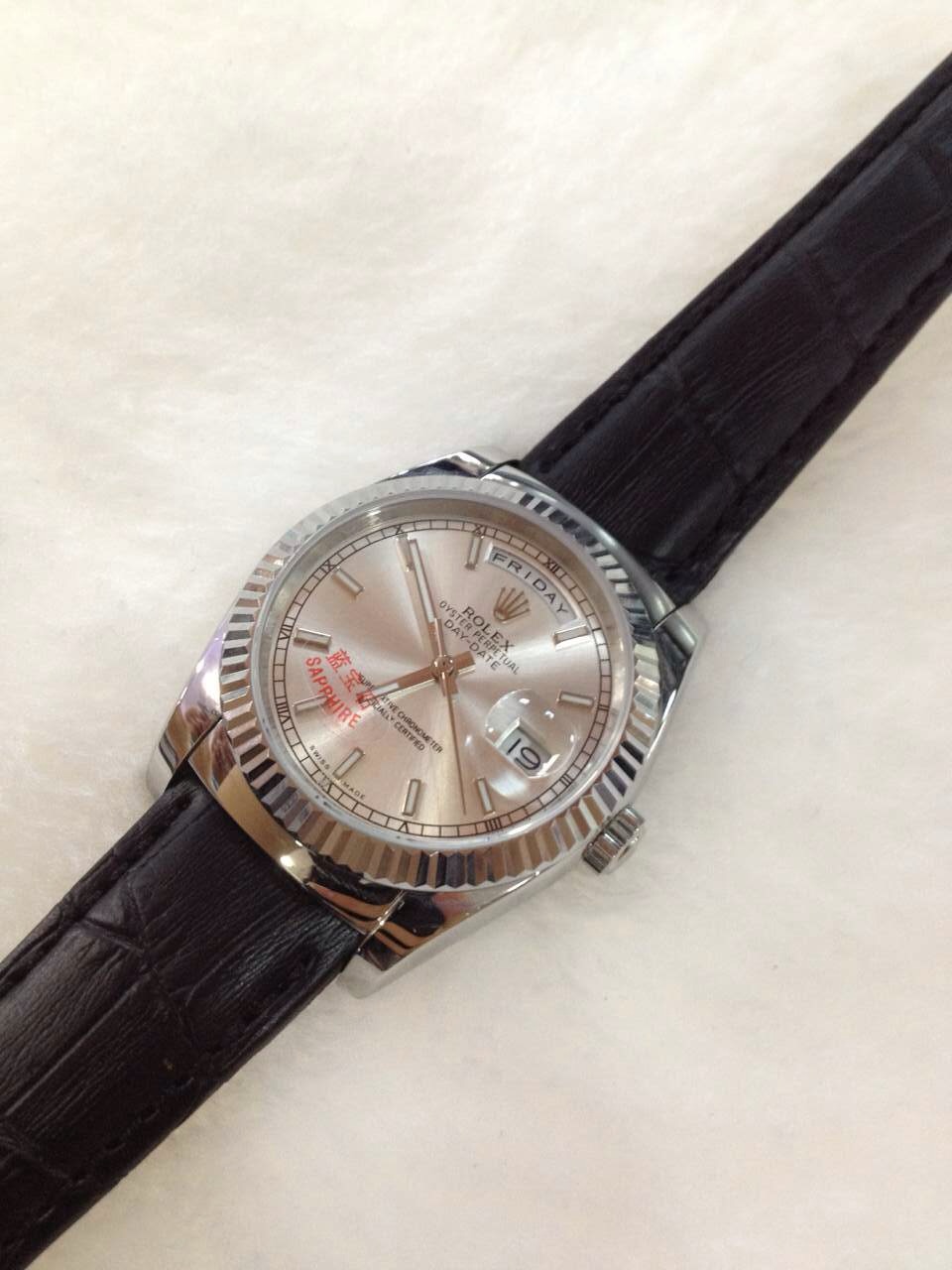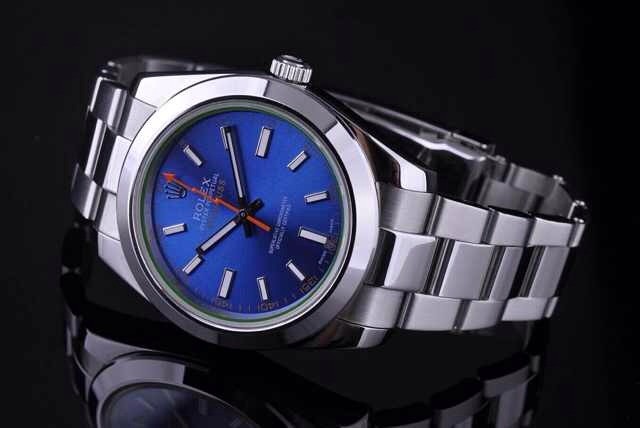Rolex watches have two key numbers associated with them. These numbers are engraved directly on the metal of the case and can tell you a lot about the replica watch. The first part determines the total length of the reference number. Earlier watches used only two numbers to describe the model, size, and movement type, resulting in a four-digit reference number. More recently, the first part of the reference number has been expanded to four digits, making the total length of the reference number six digits. 
For more than a decade, Rolex serial numbers have been generated entirely at random. While Rolex dealers can tell from the serial number which year your watch was made, owners can no longer distinguish the serial number alone.
There is an interesting historical exception to the idea that the serial number is a completely unique identifier. In 1954, Rolex ran out of serial numbers! Until then, serial numbers were a count. When they reached 999999, they started counting again from 010000. For this reason, it is possible that two old Rolex watches have the same serial number.
In addition to the two numbers on the face, fake Rolex watches also have a code on the back of the clasp, known as the clasp code or the bracelet code. This indicates the year and month in which the clasp was created. It is not unusual for the year of the clasp to be different from the year of the watch, so don’t worry if you find this. However, if the clasp has been replaced, it does affect the value of the watch, so this is something to keep in mind.
The reference number is based on the model number, material, bezel type, and possibly other information about the watch. For instance, a watch with a reference number starting with 140 is a replica Rolex Submariner. Each Rolex is a unique treasure, and the serial number is a special identifier. It doesn’t tell you anything in particular, although, for older watches, the serial number may tell you the year of manufacture.
